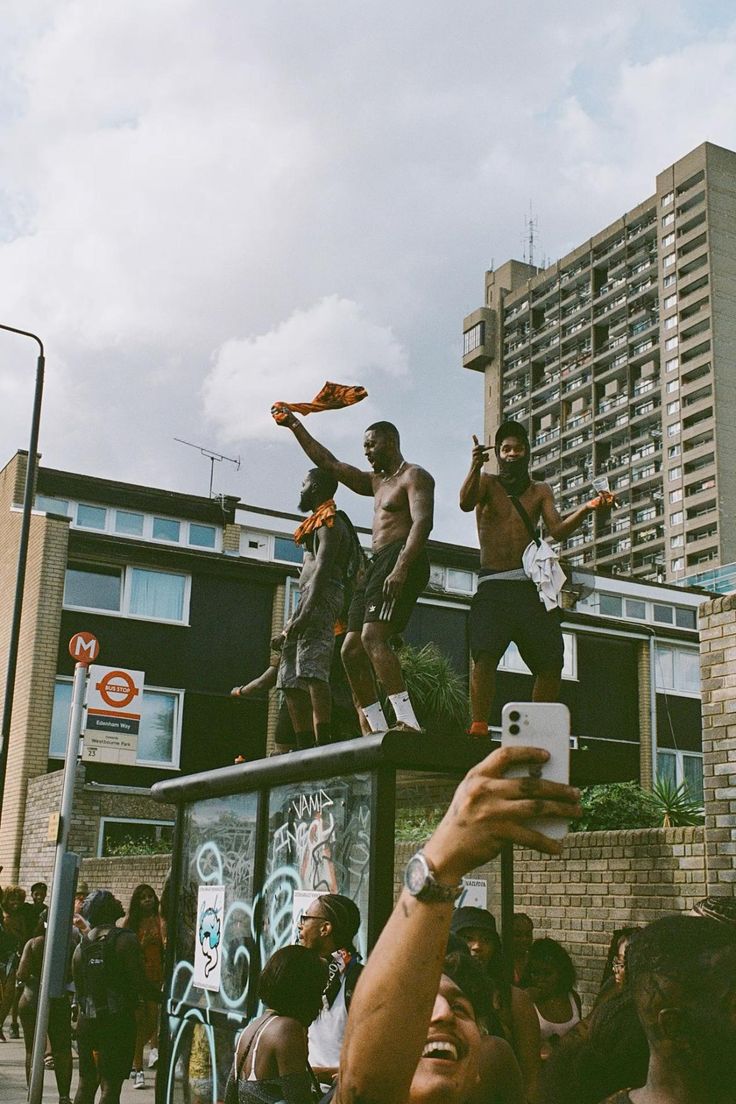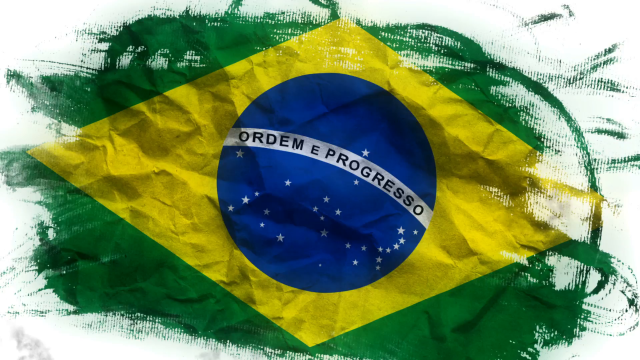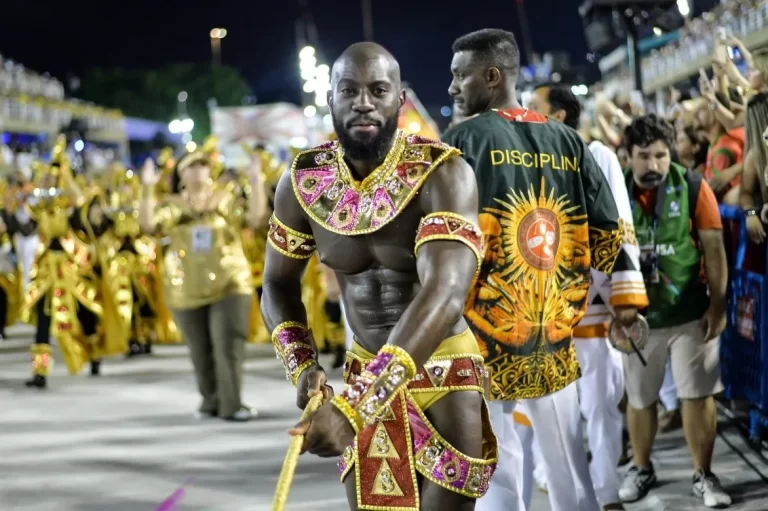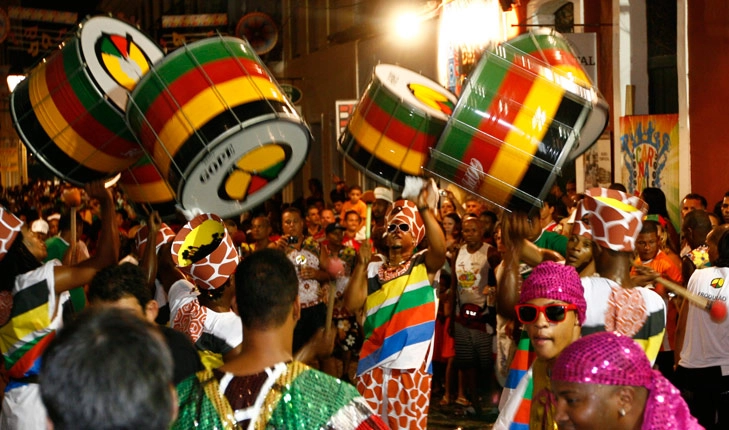Rio de Janeiro gears up for its 2025 Carnival, expected to draw 8 million revelers and inject R$5.5 billion ($917 million) into the local economy.
As one of the world’s largest cultural events, Carnival represents not only a celebration of Brazilian identity but also a critical driver of economic activity and employment.
According to RioTur’s president, Bernardo Fellows, the event will generate over 50,000 jobs, with 120,000 spectators anticipated at the Marquês de Sapucaí Sambadrome parades from March 2 to March 4.
The Sambadrome parades, featuring top-tier samba schools in the Special Group competition, are central to the festivities. For the first time, these performances span three nights, a change aimed at accommodating more spectators and extending tourist stays.
All tickets sold out months in advance, reflecting heightened demand. Beyond the Sambadrome, street parties (blocos) and smaller samba school parades in neighborhoods like Intendente Magalhães add to the city’s vibrant atmosphere.

The city has implemented extensive measures to ensure safety and smooth operations during Carnival. Over 100 cameras will monitor key areas like the Sambadrome in real time, with support from 500 operators at the Rio Operations Center (COR).
Rio Gears Up for Carnival with Enhanced Crowd Management
Nearly 1,000 municipal guards will manage crowd control and enforce regulations on street vendors. Only licensed vendors can operate, and glass containers are strictly prohibited to enhance safety.
Transportation infrastructure will operate at full capacity to handle the influx of visitors. The metro will run non-stop from February 28 through March 8, while buses and BRT services will see increased frequency.
Officials encourage public transit use due to road closures near major venues. Carnival’s economic impact extends beyond ticket sales and tourism. Local artisans, costume designers, and float builders benefit from year-round preparations.
Hotels report near-full occupancy, while restaurants and bars enjoy booming business. The event also boosts indirect sectors like advertising and media.
New additions this year include samba circles at Praça da Apoteose after parades, designed to ease crowd dispersal while extending festivities. Fellows emphasized that these innovations aim to enhance both visitor experiences and logistical efficiency.
As Rio prepares for this monumental event, Carnival continues to showcase its dual role as a cultural cornerstone and economic engine for Brazil.







